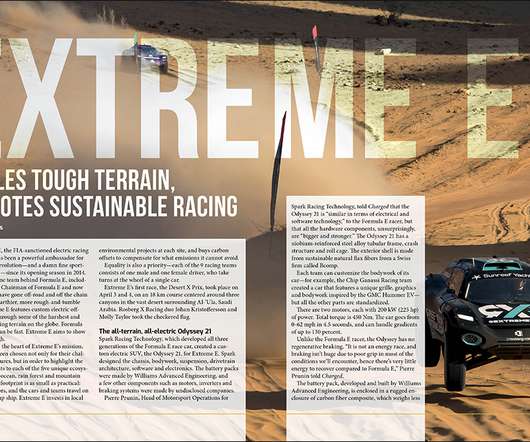DOE to issue FY14 Vehicle Technologies program-wide funding opportunity announcement
Green Car Congress
DECEMBER 20, 2013
Technical targets for the DOE plug-in vehicle program fall into four areas: battery R&D; electric drive system R&D; vehicle lightweighting; and advanced climate control technologies. Integrated computational materials engineering (ICME) development of carbon fiber composites for lightweight vehicles. kW, specific power of 14.1












Let's personalize your content